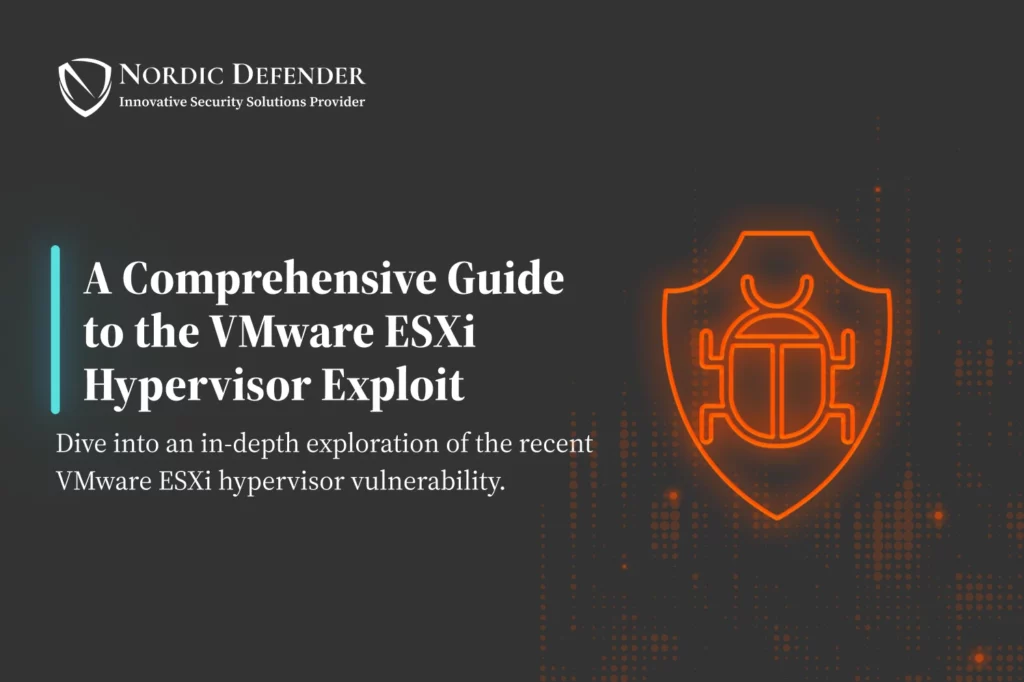In the complex world of cybersecurity, grasping the nuances of vulnerabilities is of utmost importance. In this blog post, we take a closer look at the VMware ESXi hypervisor vulnerability, known as CVE-2024-37085. We aim to offer a thorough insight into its technical specifics, the risks associated with it, and the necessary steps for its prevention and detection.
Unpacking the Vulnerability
The vulnerability, CVE-2024-37085, is a privilege escalation flaw in VMware’s ESXi hypervisors. Hypervisors are software, firmware, or hardware that create and run virtual machines (VMs). VMware’s ESXi is a type 1 hypervisor, meaning it runs directly on the system hardware to control the hardware and manage guest operating systems.
The flaw lies in the way ESXi hypervisors interact with Microsoft’s Active Directory, a service that organizations use for user and resource management. The vulnerability allows an attacker who has already gained limited system rights on a targeted server to escalate their privileges and gain full administrative control of the ESXi hypervisor.
The exploit involves creating a group called “ESX Admins” in Active Directory and adding an attacker-controlled user account to this group. This manipulation takes advantage of a flaw in the ESXi hypervisors that incorrectly grants the added user full administrative access to the ESXi hypervisor. With this level of access, an attacker can manipulate the hypervisor’s settings, control the guest operating systems, and potentially encrypt the file system.
The Exploit in Detail
Several ransomware operators have been exploiting this flaw for months. Ransomware is a type of malicious software that encrypts a victim’s files. The attacker then demands a ransom from the victim to restore access to the data upon payment.
Ransomware operators like Storm-0506, Storm-1175, Octo Tempest, and Manatee Tempest have been exploiting this flaw in numerous post-compromise attacks. In several cases, the use of this technique has led to Akira and Black Basta ransomware deployments. These ransomware variants encrypt the victim’s files and demand a ransom, typically in cryptocurrency, for the decryption key.
Prevention and Detection: A Technical Perspective
To protect your infrastructure from this threat, it is crucial to apply the patches released by VMware. These patches address the flaw in ESXi 7.0 and 8.0, as well as VMware Cloud Foundation 4.x and 5.x. Regular patching and updating of your systems is a fundamental aspect of maintaining a secure infrastructure.
In addition to patching, it’s important to monitor your Active Directory for any unusual activity. Regular audits of your Active Directory groups, especially those with elevated privileges like the “ESX Admins” group, can help detect any potential intrusions early. Implementing a robust intrusion detection system (IDS) can also help identify any unusual network traffic or system behavior that could indicate an attack.
Conclusion
In the world of cybersecurity, staying informed and proactive is key. By understanding the threats we face and taking appropriate preventative measures, we can ensure the security and integrity of our systems. Remember, our team at Nordic Defender is always here to help with your cybersecurity needs. Stay safe, stay informed, and stay secure.
